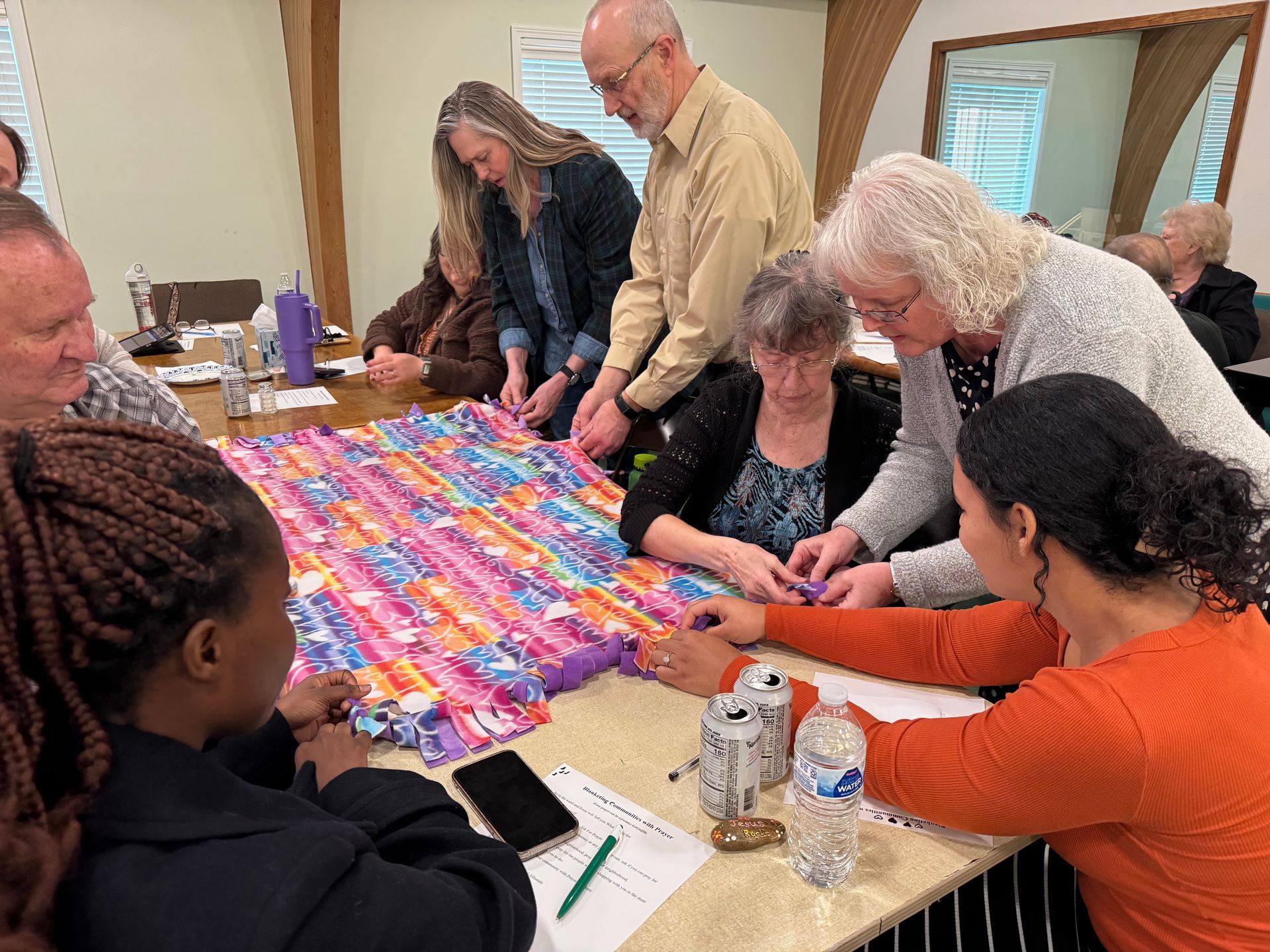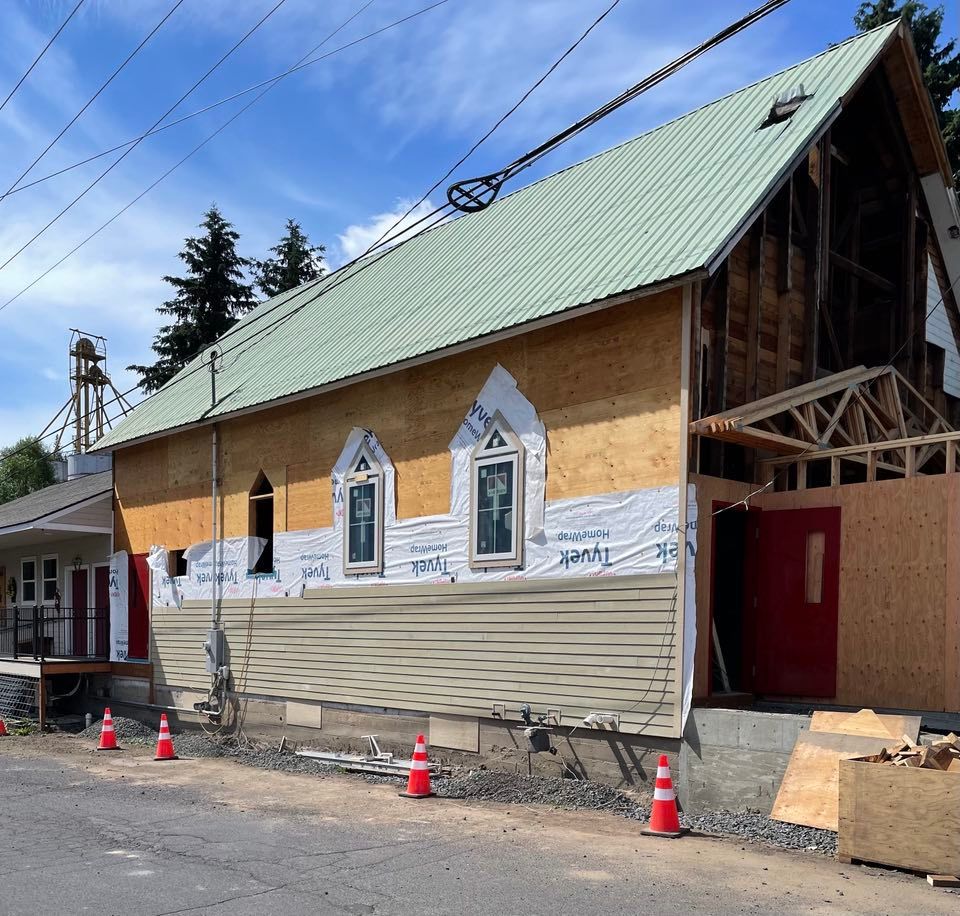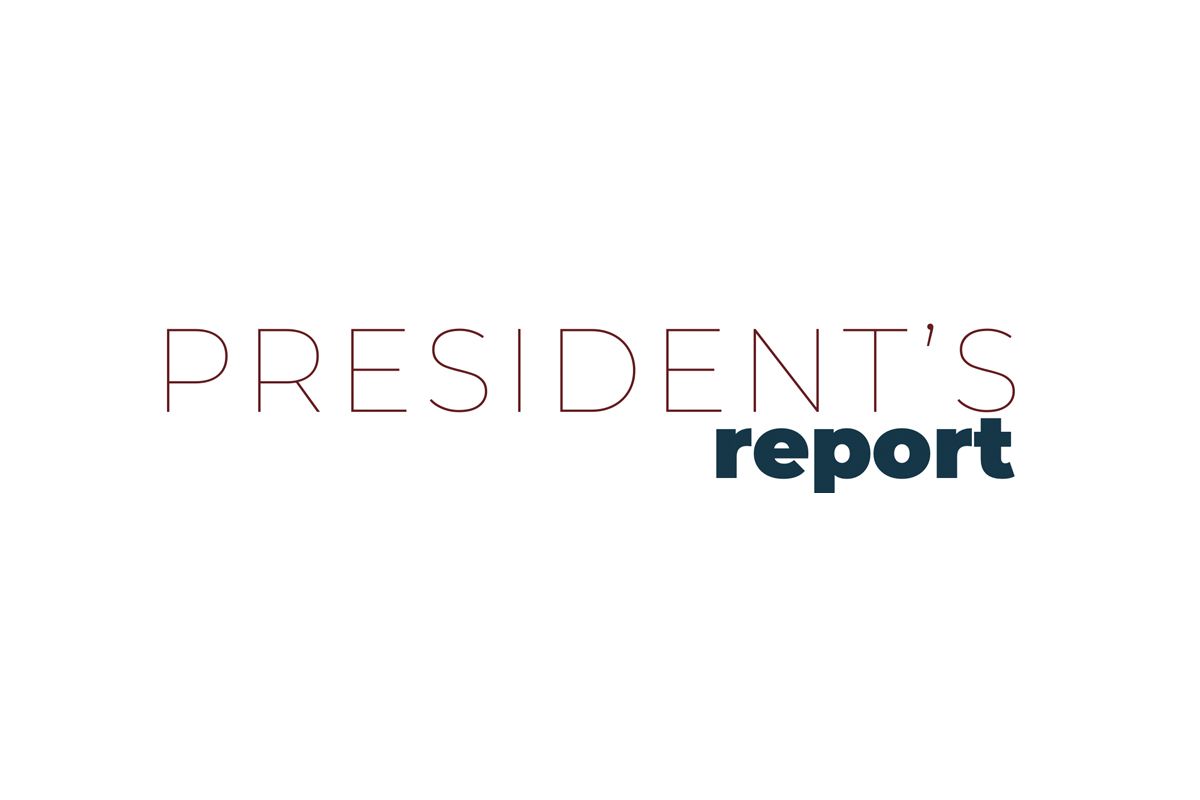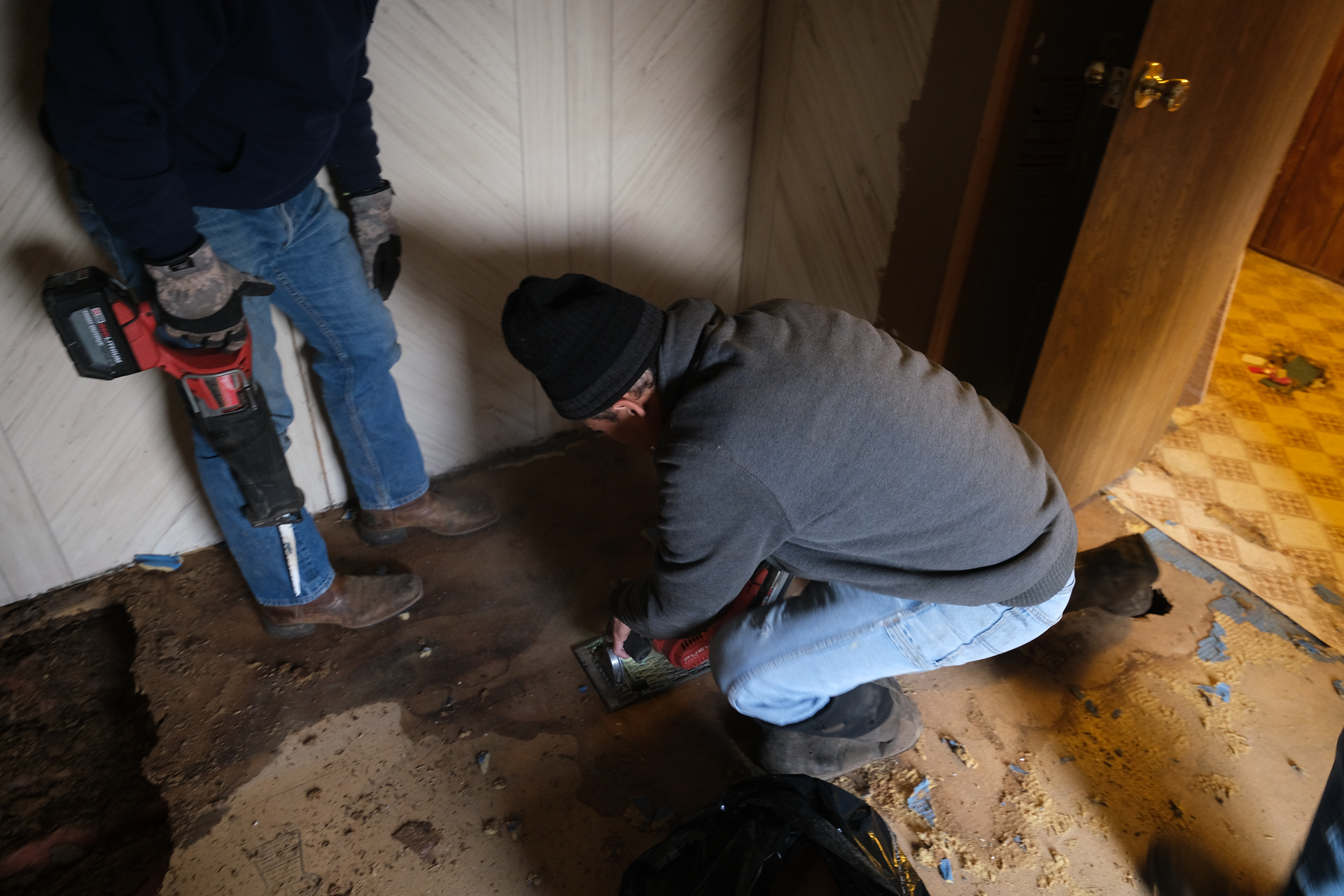Your Health…Depends on Your Address?
Did you know that, between the years 2000 and 2009, there was an 18-year gap in life expectancy between two Spokane neighborhoods?
By Cindy Williams, RN
Coordinator, Health Ministries
Spokane Regional Health District (SRHD) published a report titled Odds Against Tomorrow in May 2012. This report looked at differences in health outcomes in subpopulation groups in Spokane County. It followed the June 2011 release of the National Prevention Strategy: America’s Plan for Better Health and Wellness (NPS). In its report the NPS “identified four strategic directions and seven targeted priority areas” they felt are necessary to “build healthy communities and increase the health and well-being of all residents.” One of those strategic directions is the elimination of health disparities.
Health disparities are the differences that exist among specific population groups in the “incidence, prevalence, mortality, and burden of diseases and other adverse health conditions.” Many of the findings on health disparities published in Odds Against Tomorrow are astounding to me. Did you know that, between the years 2000 and 2009, there was an 18-year gap in life expectancy between the neighborhood with the highest, Southgate (84.03 years), and the lowest, Riverside (66.17 years)? Or that the neighborhood with the highest rate of diabetes, Emerson/Garfield (59.3 per 100,000), has a rate more than double that of Spokane County (26.3 per 100,000) and Washington state (24.7)? The incidence of cancer, heart disease, suicide, and chronic respiratory diseases, as well as many others, is significantly higher in certain neighborhoods in our county. I know that these statistics are not unique to Spokane. Neither have they improved in the intervening years. They reflect a trend that is being seen around the world in developed countries.
Dr. Joel McCullough, SRHD health officer, wrote a letter published in the Odds Against Tomorrow report. Here is a small portion of it: “What would you do if you found out that where you lived predicts your life expectancy, that your health is worse if you are poorer, and that your child is more likely to die in infancy if you have less education? These problems are real. …. America’s public debate on “health” has mostly centered on access to and the affordability of health care, even though a large body of evidence tells us that in most cases whether or not a person gets sick has little to do with seeing a doctor. A far greater determinant is the relationship between how we live our lives and the economic, social and physical environments that surround us; some of these we certainly can influence on our own, but many are outside our individual control.”
Why am I sharing this? I believe it is important for us to realize that health is determined by a multitude of factors. Some of these we have control over and some we do not. Health outreach must be more than teaching people how to eat, exercise, and drink more water. It also involves meeting the real needs of real people in all areas of their lives.
References
https://srhd.org/media/documents/HealthInequities-2012.pdf
This article is part of a continuing series of health during these COVID times. For other articles, please see www.uccsda.org/healthministries.
Photo by Meadow Marie on Unsplash














